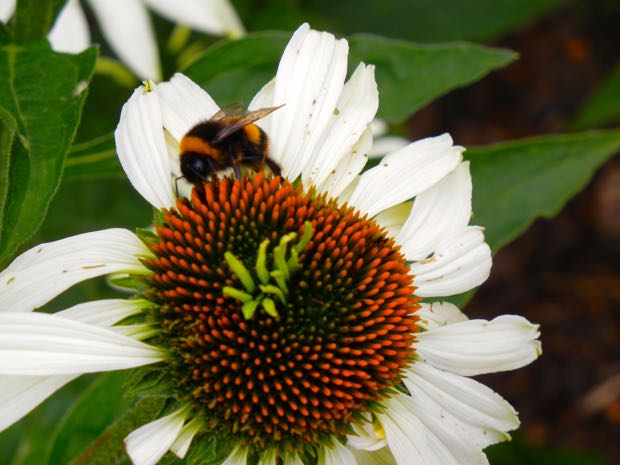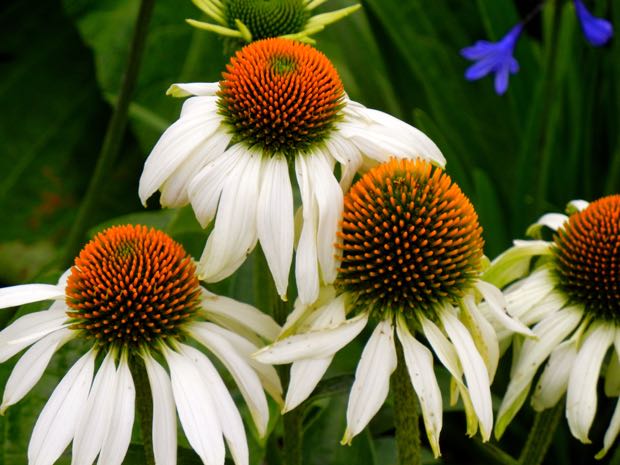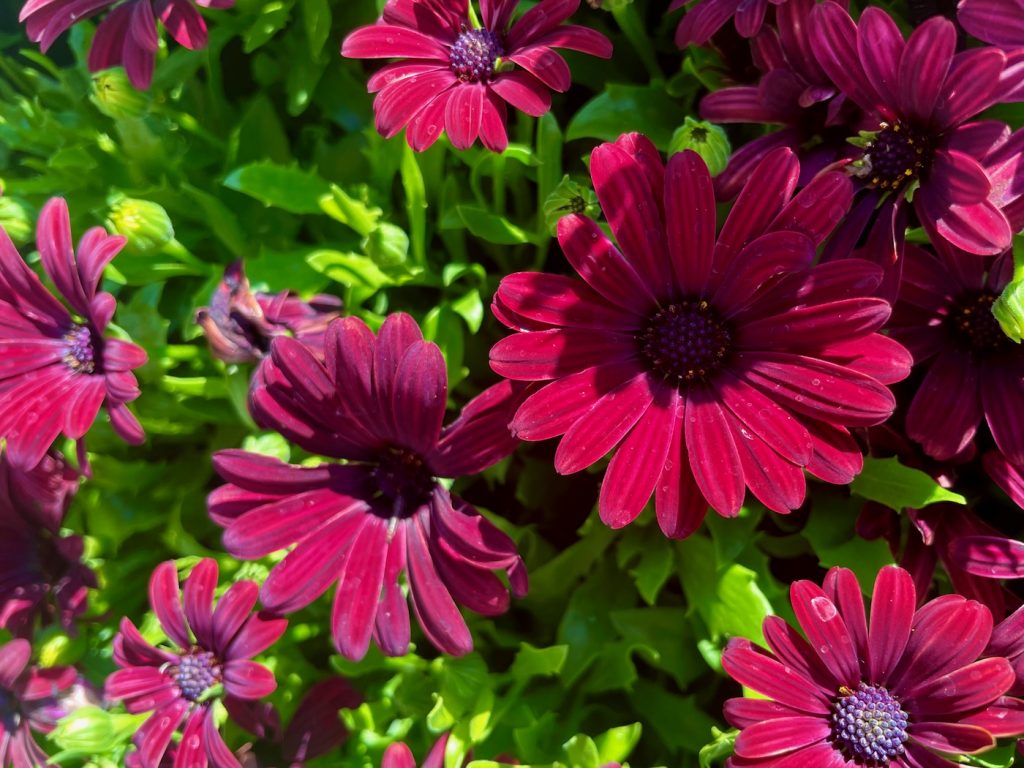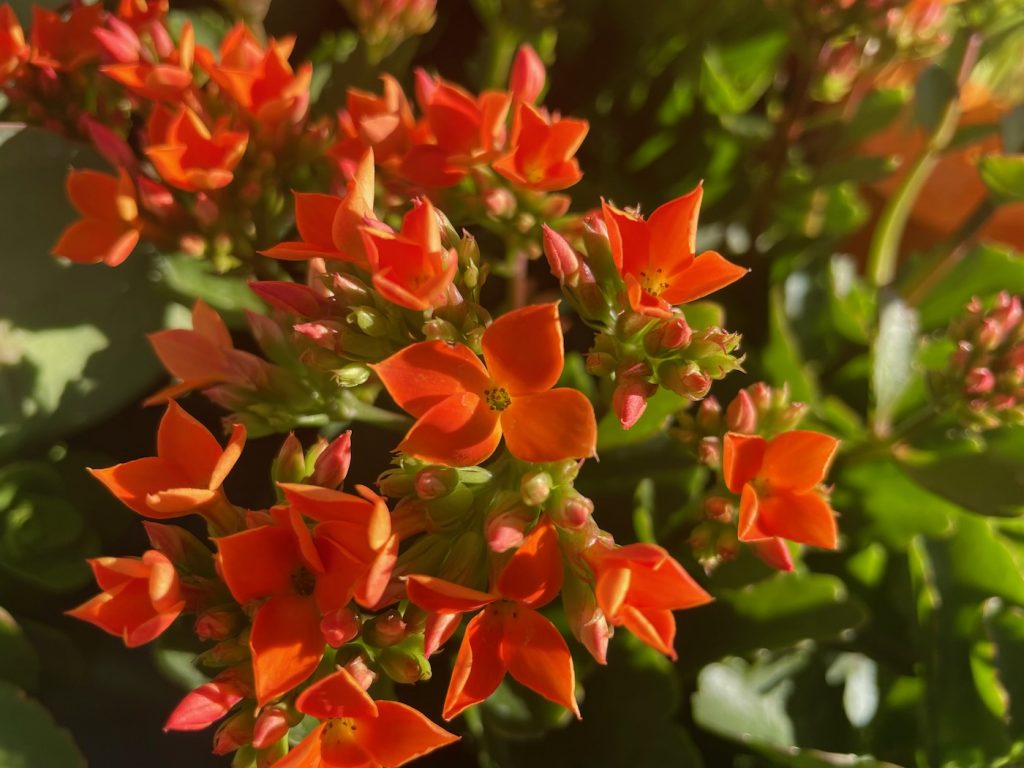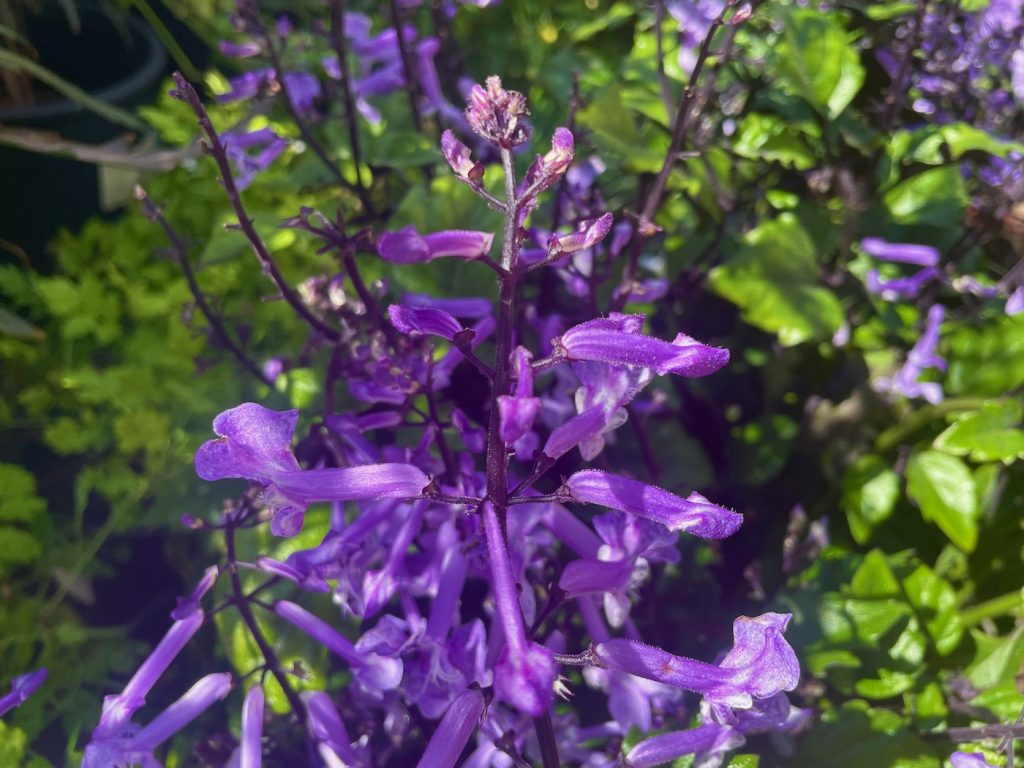Echinacea purpurea ‘White Swan’: A Graceful and Medicinal Purple Coneflower
Background and Characteristics: Echinacea purpurea ‘White Swan’ also known as White Swan Coneflower, is a rhizomatous, clump-forming perennial plant native to North America. Belonging to the Asteraceae family, this stunning flower showcases its elegance with pure white petals and contrasting yellow centers. Standing tall at a height of up to 1.2m or 4ft, Echinacea purpurea ‘White Swan’ is a beloved addition to gardens and landscapes.
Description and Medicinal Uses: Echinacea purpurea ‘White Swan’ blooms during the summer and fall, displaying its hermaphroditic flowers that enchant with their delicate beauty. Beyond its ornamental value, this plant holds significant medicinal properties. Traditionally used by Native Americans, White Swan Coneflower is still utilized in herbal medicine to boost the immune system and prevent upper respiratory infections.
Family, Habitat, and Origin: Echinacea purpurea ‘White Swan’ belongs to the Asteraceae family, which includes sunflowers and daisies. Native to North America, it can be found in prairies, open woodlands, and along roadsides. The plant has also gained popularity worldwide as a garden favorite.
Cultivation of Echinacea purpurea ‘White Swan’:
Sunlight: White Swan Coneflower thrives when provided with abundant sunlight. Plant it in a location that receives full sun to partial shade. Aim for at least 6 hours of direct sunlight daily to ensure optimal growth and abundant blooming.
Soil and Watering: Echinacea purpurea ‘White Swan’ prefers well-drained soil enriched with organic matter. Planting it in humus-rich soil promotes healthy growth and robust flowering. While White Swan Coneflower is drought-tolerant, consistent moisture is vital, especially during the first year after planting. Water deeply, ensuring the water reaches the roots, and avoid waterlogging.
Fertilizing: Echinacea purpurea ‘White Swan’ does not demand heavy fertilization. However, applying a light application of a balanced fertilizer, such as a 10-10-10 formulation, every few weeks can provide essential nutrients for optimal growth. Spread the fertilizer around the plants, keeping it away from direct contact with the foliage, and water it in thoroughly.
Hardiness and Planting: White Swan Coneflower is a hardy plant, capable of thriving in various climate conditions. It is well-suited for USDA hardiness zones 3-9. When planting in the ground, dig a hole that accommodates the root system and place the plant at the same depth as it was in the container. Space multiple plants about 1 to 2 feet apart to allow for their mature size. Ensure adequate air circulation to prevent overcrowding.
Blooming and Deadheading:
Echinacea purpurea ‘White Swan’ graces the garden with its beautiful blooms during the summer and fall seasons. To encourage continuous blooming and maintain a tidy appearance, practice deadheading. Simply pinch off the spent flower heads to stimulate the production of new blooms.
Pest and Disease Control: White Swan Coneflower is generally resistant to pests and diseases. However, it can be susceptible to powdery mildew, a fungal infection characterized by a white, powdery appearance on the leaves. If powdery mildew is observed, promptly treat the plants with a suitable fungicide to prevent further spread.
Fertilizing: Echinacea purpurea ‘White Swan’ does not require excessive fertilization. However, a light application of a balanced fertilizer every few weeks can provide additional nutrients for optimal growth. Apply the fertilizer to the soil around the plants, taking care to keep it away from direct contact with the foliage. Water the plants thoroughly after fertilization.
Protection: White Swan Coneflower is not deer or rabbit-resistant, making it vulnerable to browsing by these animals. If deer or rabbits are present in your area, consider using protective measures such as fencing or netting to safeguard the plants.
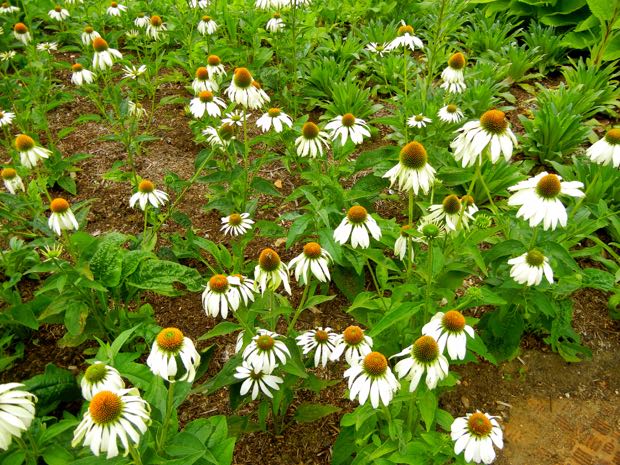
Propagating:
To propagate Echinacea purpurea ‘White Swan,’ division and root cuttings are recommended methods. Divide mature plants every few years to maintain their vigor. Dig up the clumps in either spring or fall and use a sharp knife or spade to separate the roots into smaller sections. Replant the divisions in a sunny spot with well-drained soil. Root cuttings can also be taken and propagated in a suitable growing medium.
Dividing: To keep White Swan Coneflower plants vigorous and prevent overcrowding, divide them every few years. This can be done in either spring or fall. Carefully dig up the clumps and use a sharp knife or spade to separate the roots into smaller sections. Replant the divisions in a sunny location with well-drained soil.
By providing the ideal growing conditions and proper care, including ample sunlight, well-drained soil, regular watering, occasional fertilization, and necessary pest and disease control, you can enjoy the graceful beauty of Echinacea purpurea ‘White Swan’ in your garden. Its elegant white flowers and medicinal properties make it a valuable addition to any landscape, attracting pollinators and adding a touch of natural splendor.

